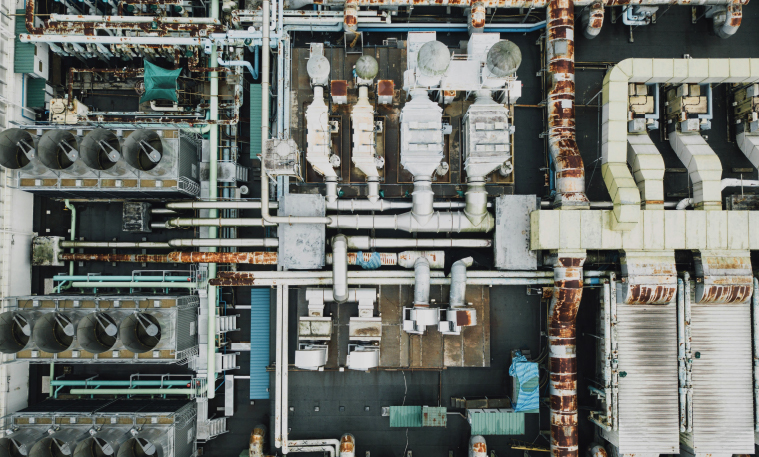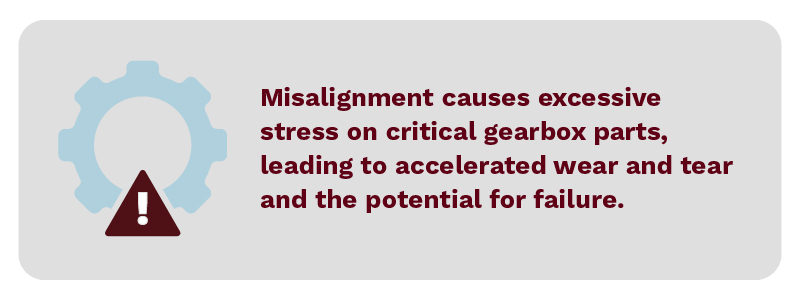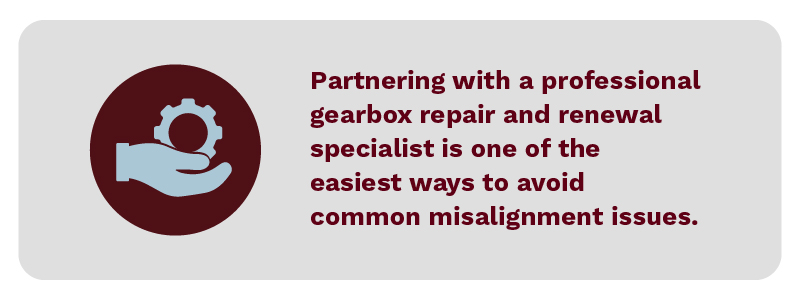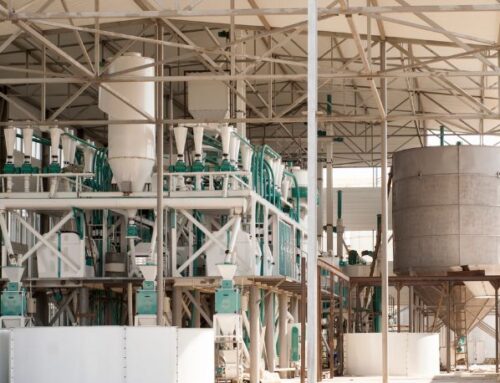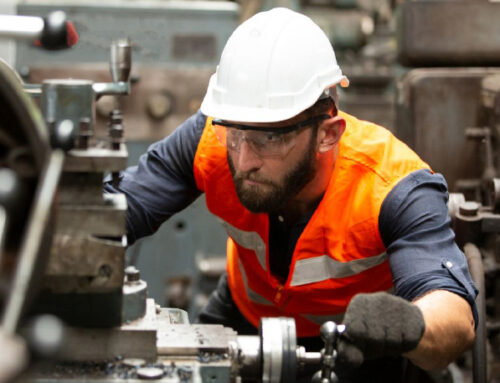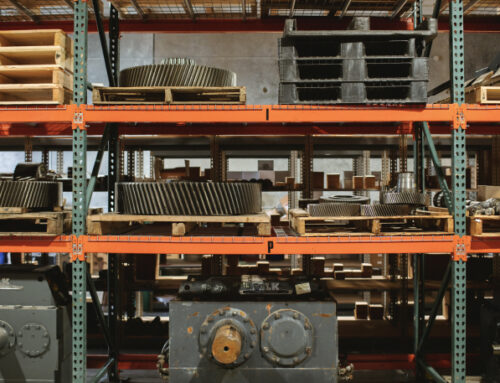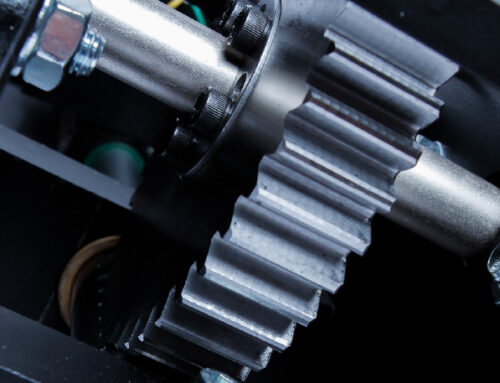Gearbox alignment is essential to performance, extending the lifespan of machinery, preventing costly repairs, improving energy efficiency, and ensuring workplace safety. Unfortunately, when it comes to keeping machinery running smoothly, alignment is one crucial factor that is often overlooked.
Learn about gearbox misalignment—what it is, why it happens, and how to prevent it.
What Is Gearbox Alignment & Why Is It Important?
To operate properly, a gearbox needs to be precisely aligned with the motor and other moving components, such as a drive belt conveyor or crusher. That means a speed reducer’s input and output shafts must align perfectly with the corresponding drive units. When these components don’t align, the gearbox becomes misaligned.
Why is Misalignment an Issue?
Misalignment causes excessive stress on critical gearbox parts like the shafts and couplings, leading to accelerated wear and tear and the potential for failure. What’s more, misalignment also inhibits efficiency and may cause safety issues.
Therefore, it’s important to know the different types of misalignment and how to identify them.
What Causes Gearbox Misalignment?
Angular Misalignment
Angular gearbox misalignment occurs when the input and output shafts of a gearbox are not perfectly aligned angularly, resulting in an offset between them.
Causes of Angular Misalignment
- Improper installation or assembly of the gearbox and connected components
- Damage to the gearbox housing or mounting surfaces due to excessive forces or loads
- Parallel misalignment of the input and output shafts
- Manufacturing errors
Parallel Misalignment
Parallel misalignment arises when the centerlines of two shafts, meant to be aligned, run parallel but are offset.
Causes of Parallel Misalignment:
- Improper shimming during installation
- Worn or damaged bearings
- Manufacturing defects in gearbox components
Combined Misalignment
A speed reducer experiences combined misalignment when the angular and parallel shafts askew or become crooked simultaneously.
Causes of Combined Misalignment:
- Improper shimming during installation
- Worn or damaged bearings
- Installation errors
- Foundation settling
- Component defects
Thermal Expansion Misalignment
Misalignment due to thermal expansion occurs when temperature variations cause the connected shafts to expand or contract, displacing them from their proper alignment.
Causes of Thermal Misalignment:
- Environmental temperature fluctuations
- Inadequate thermal expansion during installation
- Variations in material properties
Soft Foot
When a gearbox is not resting evenly on its mounting base or if a leg is too short, it results in a condition our Falk technicians call a soft foot. This can cause the gearbox housing to experience uneven forces, leading to misalignment.
Causes of Soft Footing:
- Uneven or deteriorating foundation surfaces
- Improper shimming
- Distorted gearbox housing
Resonance-Induced Misalignment
Resonance happens when the inherent frequency of a system aligns with external forces or vibrations, causing significant amplification of oscillations.
Causes of Resonance-Induced Misalignment:
- Inadequate damping
- Improper gearbox design
- Changes in operating conditions that lead to resonance
Vibrations & Shock Loads:
Prolonged exposure to high levels of vibration or sudden shock loads can gradually lead to gearbox misalignment. Similarly, shock loads, which are sudden and intense impact forces, can also cause issues.
Causes of Vibrations & Shock Loads:
- Vibrations transmitted from other machinery
- Unbalanced rotating parts
- Worn-out components like bearings
- Inadequate maintenance
5 Tips for Prevent Common Misalignment Issues
1) Proper Installation & Mounting
Follow the manufacturer’s guidelines for proper installation and mounting. Ensure that the gearbox and connected components are correctly aligned during installation.
2) Fix Damaged Parts
Replace worn or damaged components, such as bearings, seals, or gears, that may contribute to misalignment or vibration issues. Explore our extensive inventory of new and used Falk parts, or contact us directly if you need assistance finding a specific component.
3) Prioritize Routine Maintenance
Partnering with a professional gearbox repair and renewal specialist is one of the easiest ways to avoid common misalignment issues.
4) Properly Store Your Gearbox
Any shakes or falls could cause internal damage or misalignment. Improperly storing any hardware can lead to application failures. Remember to follow our storage tips when storing your Falk gearboxes.
5) Perform Regular Alignment Checks
Laser alignment systems line up gearbox shafts using two laser units mounted across the coupling, taking measurements from multiple positions to detect and quantify any misalignment.
Contact Our Falk Gearbox Motor Suppliers for Repair & Maintenance
Prioritizing proper alignment and implementing preventive maintenance practices are the easiest ways to enhance the reliability and productivity of your machinery while minimizing operational costs and risks.
We invite you to learn about our Falk gearbox repair and renewal capabilities or contact us for additional support. Our experts are available 24/7 to speak with you about your unique needs.
